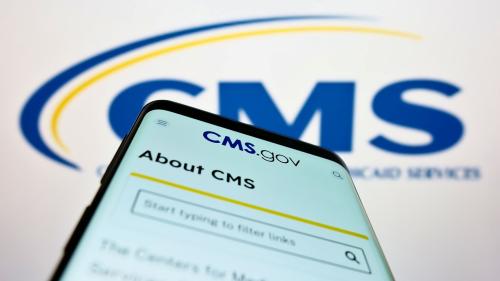Editor’s note: This article appears in the April 2015 issue of Global Forum. Click here to view the full publication.
Since passage of the Affordable Care Act in 2010, the last several years have seen a groundswell in physician payment and delivery reforms designed to achieve higher value health care through incentivizing higher quality care and lower overall costs. Accountable care models, for example, are achieving marked progress by realigning provider incentives toward greater risk-sharing and increased payments and shared savings with measured improvements in quality and cost containment. Medical homes are introducing greater care coordination and team-based care management, while the use of episode-based or bundled payments is removing perverse incentives that reward volume and intensity.
These reforms are coming just as the number of highly targeted, highly priced treatments continues to expand. The U.S. Food and Drug Administration (FDA) approved a decade-high 41 novel new drugs in 2014, many of them targeted therapies approved on the basis of increasingly sophisticated progress in genomics and the understanding of disease progression. In areas like oncology, such targeted treatments have grown as a percentage of global oncology market size from 11% in 2003 to 46% in 2013. New brand specialty drug spending in the U.S. is estimated to have been $7.5 billion in 2013, or 69% of total new drug spending. The growing prevalence of these drugs and their cost to the health system are setting the stage for significant flashpoints between industry, payers, and providers, seen most clearly in the debate over hepatitis C treatment costs that roiled stakeholder interactions for most of the past year.
More of these targeted treatments are in the development pipeline, and a growing number of public policy efforts taking shape in 2015 are focused on accelerating their availability. The House of Representatives’ 21st Century Cures Initiative, for example, has released a slew of legislative proposals aimed at promoting breakthrough innovation by increasing the efficiency of drug development and regulatory review. These efforts have significant downstream implications for the pace at which targeted and specialty therapies will become available, their associated costs, and the growing importance of demonstrating value in the postmarket setting.
As payers and providers continue their push toward increased value-based care, more innovative models for connecting such reforms to drug development are needed. Earlier collaboration with industry could enable more efficient identification of unmet need, opportunities to add value through drug development, and clearer input on the value proposition and evidentiary thresholds needed for coverage. Equally important will be unique public-private collaborations that invest in developing a better postmarket data infrastructure that can more effectively identify high value uses of new treatments and support achieving value through new payment reforms.
Stronger collaboration could also improve evidence development and the coverage determination process after a targeted treatment has gained regulatory approval. Facilitated drug access programs like those proposed by the Medicare Administrative Contractor Palmetto GBA create access points for patients to receive targeted anti-cancer agents off-label while payers and industry gather important additional outcomes data in patient registries. More systematic and efficient use of policies like Medicare’s Coverage with Evidence Development (CED), which allows for provisional coverage for promising technologies or treatments while evidence continues to be collected, could enable industry and payers to work together to learn about a medical product’s performance in patient populations not typically represented in clinical studies. A CED-type model could be especially useful for certain specialty drugs: data collected as a condition of payment could help payers and providers develop evidence from actual practice to improve treatment algorithms, increase adherence, and improve outcomes.
Finally, collaborations that support stronger postmarket data collection can also support novel drug payment models that further reward value. Bundled payments that include physician-administered drugs, for example, could encourage providers to increase quality while also incentivizing manufacturers to help promote evidence-based drug use and lower costs for uses that generate low value. Outcomes-based purchasing contracts that tie price paid to a medical product’s performance could be another promising approach for high-expense treatment with clearly defined and feasibly measured outcomes.
Many of these ideas are not new, but as manufacturers, payers, providers, and patients move into an increasingly value-focused era of health care, it is clear that they must work together to find new ways to both promote development of promising new treatments while also making good on the promise of value-based health care reforms.



Commentary
Op-edCost, value and patient outcomes: The growing need for payer engagement
April 20, 2015